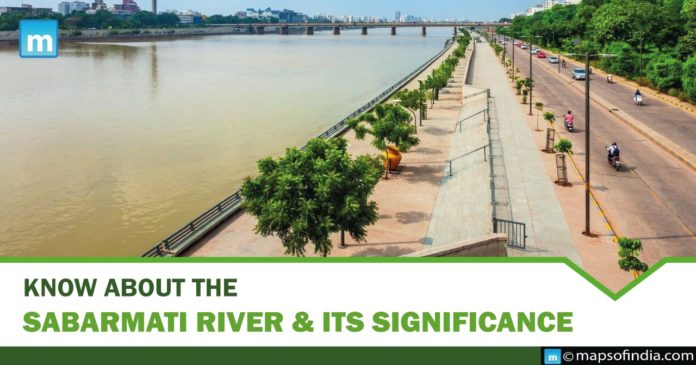Of the principal west-flowing rivers of India, the Sabarmati river is considered one of them. It is initiated in the Aravalli Range of the Udaipur District of Rajasthan and ultimately meets the Gulf of Khambhat of the Arabian Sea after persevering with 371 km with the aid of a south-westerly path across Rajasthan and Gujarat. It is of Basin duration 30,680 km2 and extends up to 371 km. At starting, this river is also known as Wakal.
The history says surrounding the start of the river is that Shiva brought the goddess Ganga to Gujarat, and that triggered the Sabarmati to go back into being. Sooner or later, after India’s independence conflict, Mahatma Gandhi installed Sabarmati Ashram as his home on the banks of this river. Sabarmati River is one of India’s most crucial West flowing rivers, in conjunction with Narmada and Tapti. Sei, Wakal, Harnav, Hathmati, and Watrak are tributaries of the Sabarmati river.
Sabarmati river has been an essential component within the lifestyles of Ahmedabad because the town was founded in 1411 alongside the river banks. Besides being a crucial water supply, it furnished a backdrop to cultural and leisure activities. At some point in the dry seasons, the river bed have become an area for agriculture.
At present, the Sabarmati river is polluted by wastes released by industries and other places. The excessive court determined that the reason for pollution in the Sabarmati ended up the lack of accountability on the part of the government, as there seems to be a nexus between a number of the officials and industries that discharge untreated effluents into the river movement, polluting its water.
Dharoi dam is located at 80 km on the Sabarmati river with 5475 square km. Catchment place and at a distance of 202 km. Vasna Barrage has a 10619 sq. km catchment.
With its starting place in Rajasthan, the Sabarmati River flows typically in the South – West route. It enters the Gujarat nation, passes through the plains, continues to go with the flow in the same way, and joins the Gulf of Khambhat in the Arabian Sea.
The river joins at the left coast through wakal near Ghanpankari village after flowing for 51km. Flowing usually inside the South-West direction at 67th km of its run, it gets the Sei at the right financial institution close to Mhauri and then the Harnav on the left at approximately 103 km. The river flows through the Dharoi gorge from respective sources past this confluence.
Emerging from the gorge, it passes through the plains and is joined on its left bank at approximately 170 km from its supply by the Hathmati. This is its main tributary. Persevering to go with the flow in South – West course, the river passes via Ahmedabad, and about 65 km down circulation, another major tributary, Watrak, joins it at the left financial institution, flowing for an in addition distance of 68 km, the river outfalls in the Gulf of Khambhat in the Arabian Sea.




